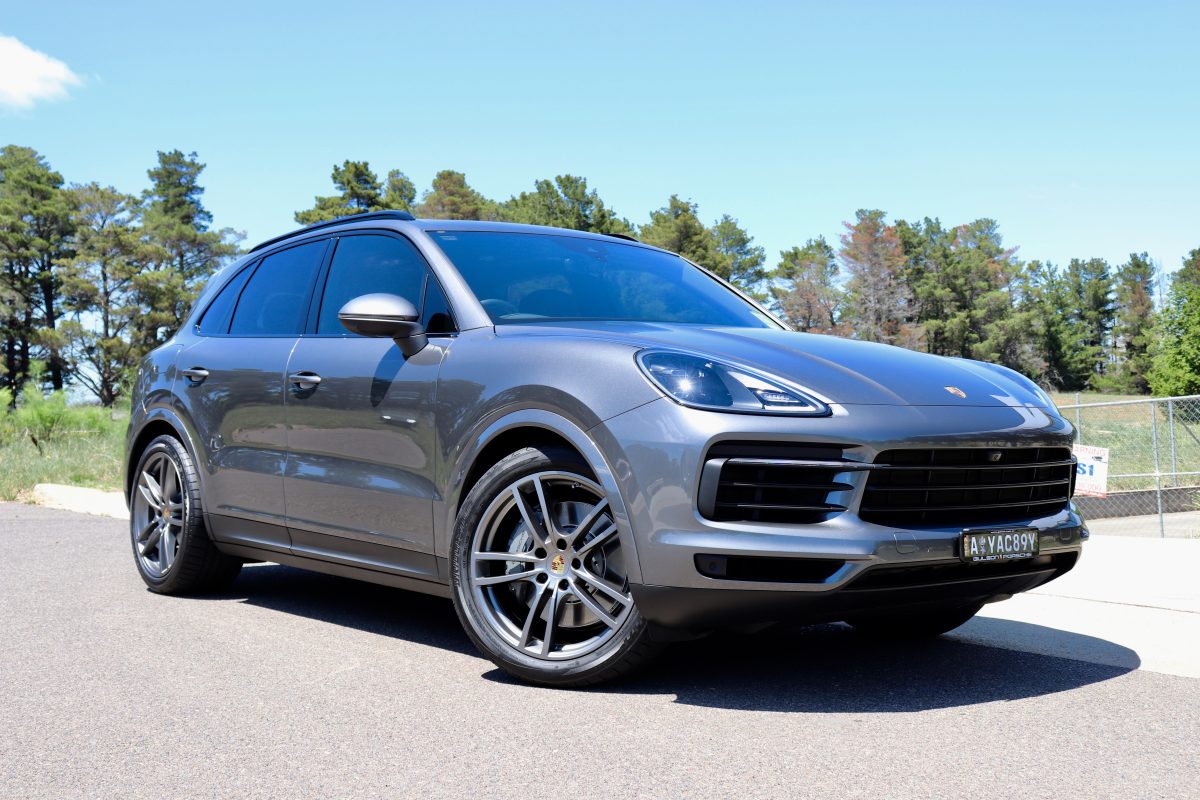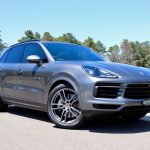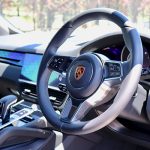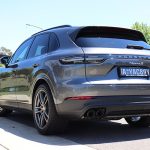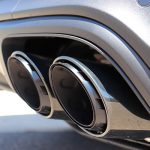The Porsche Cayenne S is one of the better driving SUV’s around. Made by one of the most iconic sports car manufacturers in the world, the latest generation does a great job of translating those distinctive Porsche traits to the road. My parents have owned SUV’s for awhile now, and it has been nearly impossible to convince them into something cooler than a box on wheels – introduce my case for the best mash up of driving pleasure and practicality, the Porsche Cayenne S.
Now the Cayenne was introduced by Porsche in the early 2000’s, the brand’s first attempt at diversifying its model line up, as well as break into the ever expanding SUV market, with a luxury twist. This first generation was a breath of fresh air into the confused SUV market, with these large chunks of metal unsure of what they wanted to achieve. Did customers want more space, or did they want sports car like handling, do they even care if this vehicle can be used off-road? The second generation helped concrete the Cayenne as a road going SUV, with heavier influences from its sports car siblings.
And that brings us to today, with the strongest case against the alternatives, the third generation Cayenne S. Here are the numbers: it’s 2018, so fuel is not as popular as it used to be, under the bonnet you’ll find two less cylinders than before, a 2.9L twin turbo charged V6, producing a healthy 440hp and 550Nm of torque. As that street focused, concrete that was laid in the second generation starts to dry, we see Porsche proudly use heavy influence from its other, more sporty vehicles. The use of lighter materials such as aluminium, lower centre of gravity and greater dimensions, allowing the car to sit lower than the Cayennes of yesteryear, giving the Cayenne S a more striking exterior, one where you actually want to look at, study and follow the lines of the body work.
This is carried well throughout the interior as well, showcasing the latest iteration of Porsche’s ‘digital cockpit’. Here we find all physical buttons have been replaced by haptic buttons, lighting up and decorating the centre console like a Christmas tree. The screens don’t stop there, you have 12 inch touch screen that could even put IMAX to shame, as well as two digital displays flanking the analogue tachometer in the dashboard. Porsche emphasises that this is indeed a sports car, as your analogue tachometer proudly asserts Porsche’s priority of performance as the Cayenne’s main purpose, with practicality and all of those other SUV things coming second.
The Cayenne S that we tested sits in the sweet spot in the Cayenne range. With the standard Cayenne possessing a 3.0L single turbo V6, and its hybrid cousin, the Cayenne E-Hybrid falling underneath the Cayenne S. At the top, we see the Cayenne Turbo, which makes do with a twin turbo charged V8, that rockets all the way to 100km/h in 3.7 seconds. Although, that Turbo performance comes at a hefty price, hence the Cayenne S. We can expect a GTS variant of the Cayenne to fall in between the Turbo and the S sometime in 2019, but for now, we have the ‘shouty’ S.
I say ‘shouty’, because Porsche have managed to give this Cayenne some pizzazz, some flavour, some soul. When SUV’s are being powered by more economical engines, you’re going to lose the orchestra that plays when you bury your foot, instead you’d expect now to get the royalty free version via fake exhaust that is pumped into the cabin through the speakers. Although the S has a smaller engine, that hasn’t stopped Porsche producing a beautiful exhaust note that pops and bangs, and will sing with you through the rev range. Accompany this with the best seating position in its class (you sit more ‘in’ the car, rather than feel as if you’re ‘on’ the car), plenty of space and killer looks, and you now have the formula for the ultimate SUV. At the end of the day the Cayenne is still over 2 tonnes of sculpted German metal, but it’s going to have the best handling, the better looks and the engine to back it, all without the devastating fuel consumption.
2018 Porsche Cayenne S is priced from $154,700 in Australia.

